The day after Hitler’s last birthday marked the beginning of a steady unraveling inside the Führerbunker. The outward formality of April 20 gave way to growing unease, quiet departures, and a bunker atmosphere thick with dread.
Robert Ley, head of the German Labor Front, and Karl-Jesko von Puttkamer, Hitler’s naval adjutant, both departed that day. Their exits were part of a larger trend—high-ranking officials abandoning the sinking regime, often under pretense of official business. They weren’t the last. By now, even some of the most loyal functionaries were quietly finding their way out of Berlin.
Hitler’s physical condition worsened. Witnesses described his hand tremors as more pronounced. His walk was slow and unsteady, and his posture had collapsed into a permanent stoop. Dr. Theodor Morell, his personal physician, continued administering a cocktail of medications—vitamins, painkillers, sedatives, and methamphetamine derivatives. Though the bunker was sealed off from the outside world, within its reinforced concrete halls, the smell of sickness, body odor, and chemicals was inescapable.
The military briefings on April 21 were bleak. Reports confirmed what everyone already suspected: the Soviets had punched through German defenses and were rapidly approaching the city center. The Red Army’s final assault on Berlin, begun five days earlier, was gaining speed and closing in.
As a leader, Hitler remained detached from reality. He issued orders for counterattacks involving divisions that no longer existed or were already cut off. He still talked about rescuing Berlin with units that had long since been overrun. His subordinates knew better but followed through with the rituals of command. Maps were unrolled, markers moved, and orders sent—to nowhere.
Morale in the bunker plummeted. Soldiers posted above ground were either dead or retreating. Secretaries wept in private. Some still clung to hope that Hitler would escape, flee south, or surrender. But those closest to him saw the truth: he was not leaving. He was, instead, rehearsing the end.
The day ended quietly. No more visitors came. Communications with the outside world became sporadic, lines broken, radios jammed. The lights in the bunker flickered. The city above was on fire. And the man who once commanded millions sat underground, half-delirious, giving orders to ghosts.
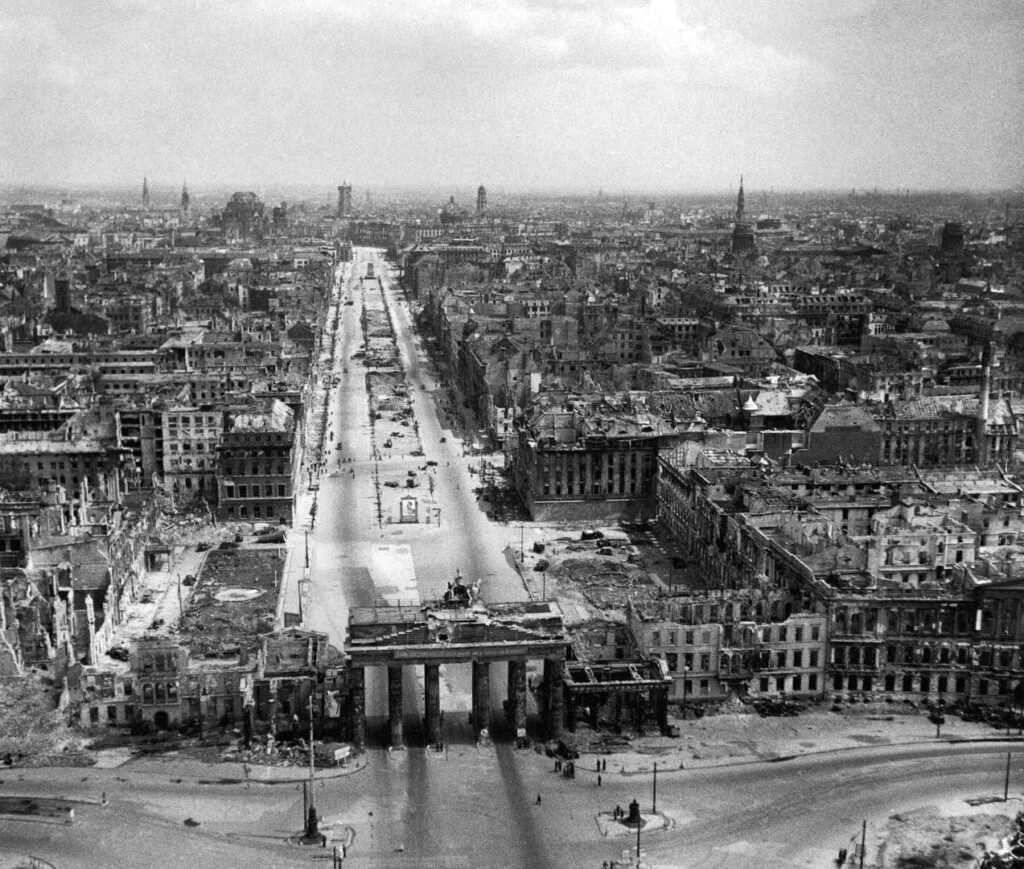
FULL SERIES:
Yes, Hitler Really Did Commit Suicide, 80 Years Ago
Part 1: April 20, 1945 – Hitler’s Last Birthday
Part 2: April 21, 1945 – The Net Tightens
Part 3: April 22, 1945 – The Breaking Point
Part 4: April 23, 1945 – The Succession Panic
Part 5: April 24, 1945 – The Axis of Betrayal
Part 6: April 25, 1945 – No Way Out
Part 7: April 26, 1945 – The Sky Closes
Part 8: April 27, 1945 – Rienzi
Part 9: April 28, 1945 – Wedding Day
Part 10: April 29, 1945 – The Day Before the End
Part 11: April 30, 1945 – Hitler’s Last Day
After the Bunker: What We Know, and Why It Matters

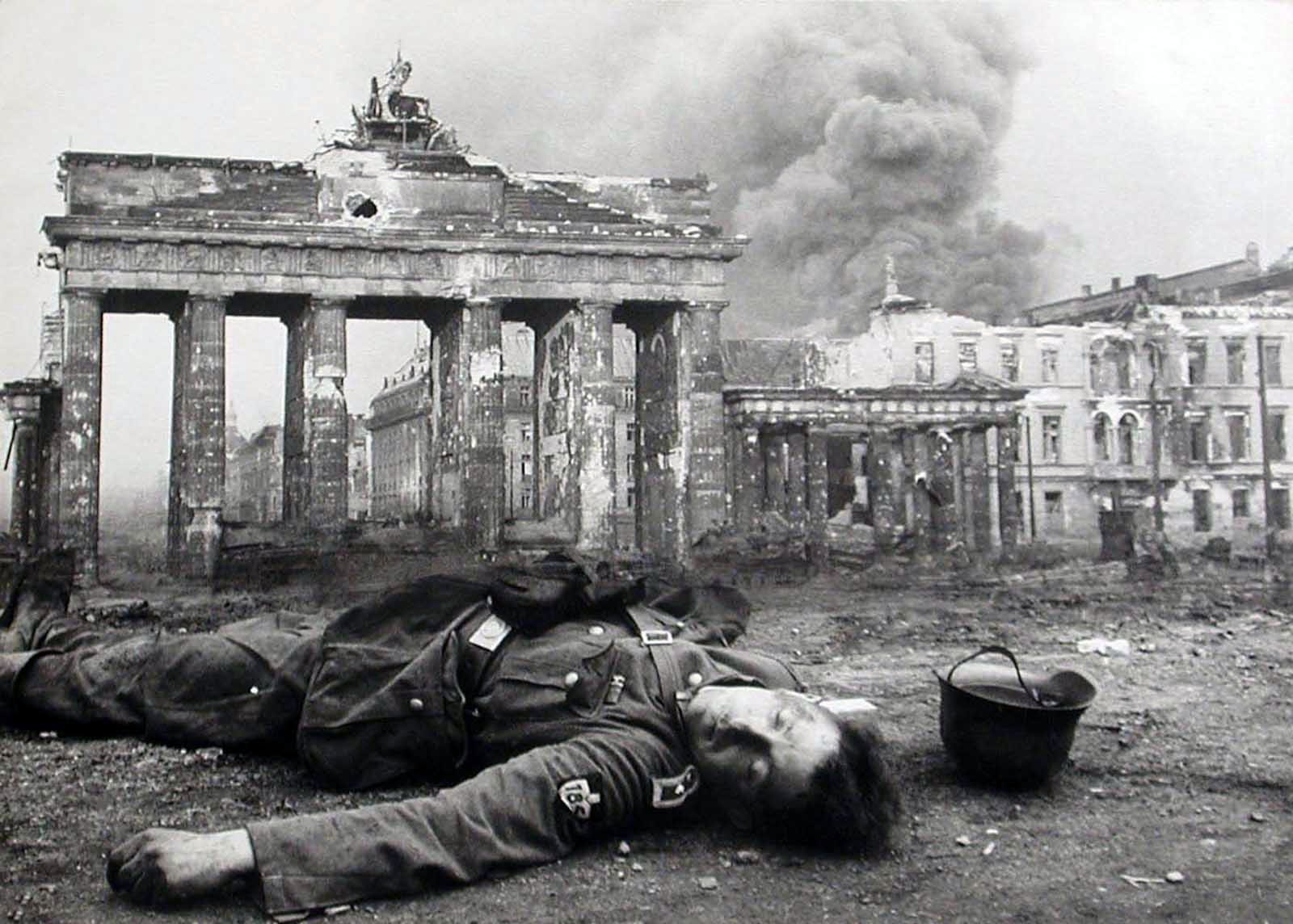

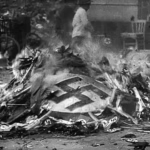
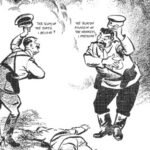


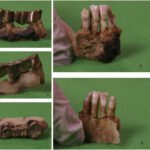
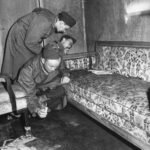
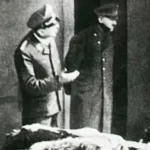



Leave a Reply